GNAR communities’ proximity to natural lands are part of their appeal, but that proximity also comes with an increased risk of wildfire. While wildfires come with significant risks to persons and property, they are also a normal ecological process and are valuable to the continued health of these areas. In this way, it is important to find a balance between the needs of the built environment and those of the surrounding natural areas.
For decades, the fire community has been hard at work to improve communities’ ability to mitigate fire risks, respond to fire situations, and recover should a fire occur. This toolkit links communities to resources to help them in their fire resiliency efforts.
Think we're missing something or have feedback for us? Please reach out to liz.sodja@usu.edu.
Resources & Tools
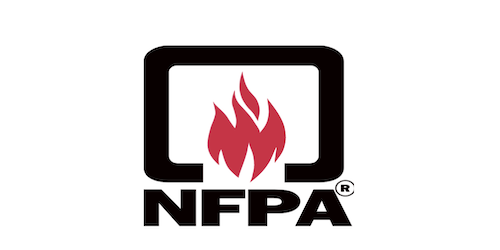
This site includes ways to prepare homes for wildfire, their intergovernmental approach to wildfire mitigation policy, as well as examples of community codes and standards. They also offer a free online training about reducing wildfire risk to property.

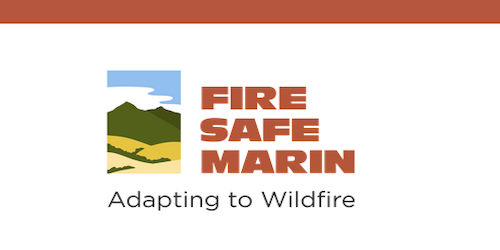
Their clean and easy-to-use web interface is a great example that communities could replicate to share resources with their local community members.

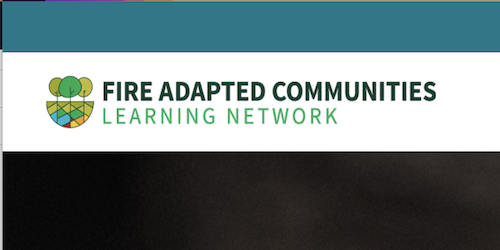
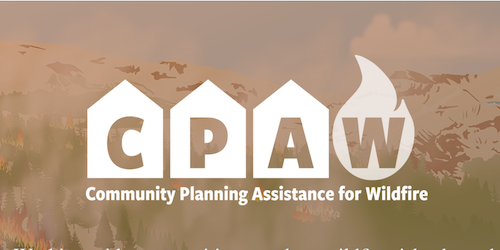
CPAW provides communities with land use planning solutions to better manage their wildland-urban interface. Their program assists with land use planning, hazard assessments, capacity building, in addition to their collaborative research with Headwaters Economics.
Our personal favorites were their report on cost of building Wildfire-Resistant Homes, their analysis of community costs of wildfire, and most recently their "Firetopia" storymap, which is an interactive storymap page about how land use can help a community prepare for fire

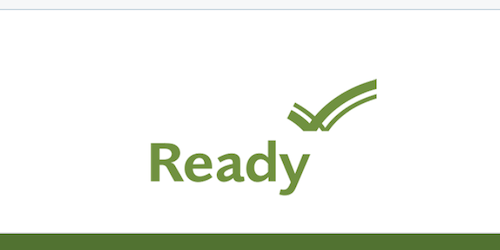
Ready.gov also has other resource that can useful for other natural disasters as well, such as flooding, extreme heat, etc.

The Division of Forestry Fire and State Lands (FFSL) is responsible for forest health, responding to wildland fires and managing sovereign lands in Utah. The Division responds to wildfires on state and private land ensuring that communities, watersheds, rangelands and wildlife habitats don’t suffer catastrophic losses.
This website has numerous resources from FFSL for both communities and individual citizens. The safety of the citizens of any community is a shared responsibility between the citizens; the owner, developer, or association; and the local, county, state, and federal governments. Homeowners and property owners can find a wide variety of information on how to prepare your homes, property, and lives for wildfire on this website.

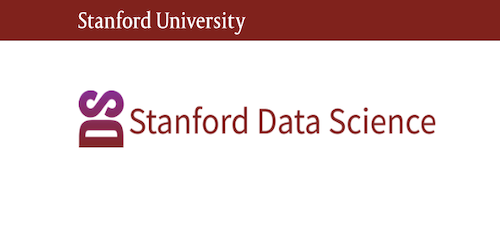
The above link goes to their most recent Data Science webinar series, however some additional sessions we feel could be of value to GNAR communities include:

Research & Case Studies
Close but No Cigar: How a Near-miss Wildfire Event Influences the Risk Perceptions and Mitigation Behaviors of Residents Who Experienced a Recent, Nearby Wildfire - The Institute of Outdoor Recreation & Tourism (2019)
We administered a drop-off pick-up survey to residents living in Durango, Colorado, a community heavily impacted by the 416 fire in the spring and summer of 2018. The survey, completed by 195 residents, solicited information about wildfire mitigation behaviors taken before and after the 416 fire. This research contributed to the broader literature by identifying how perceptions and mitigation behaviors change after experiencing a near-miss wildfire event, and to local wildfire management efforts by providing insights into specific mitigation actions to incentivize through local assistance programs.
Wildfire Adapted Missoula - The National Forest Foundation
In an effort to address fire risk to communities, the Missoula Ranger District of the Lolo National Forest is working to develop an all lands focused fuels and forest resiliency project called Wildfire Adapted Missoula, or WAM. In anticipation of the formal analysis and public comment process in late 2019, the Missoula District asked the National Forest Foundation to assist in convening discussions with neighborhood residents, non-governmental organizations, community leaders, local fire leadership, businesses, and the media. These “Learning Labs” aimed to improve community understanding and also provided opportunities to share why uncharacteristically severe wildfire has become a regular part of our summers in the 21st century, as well as strategies to reduce fire risk and improve forest resiliency and natural patterns.

